Fri, 03 Apr 2015 . Last updated Mon, 01 Jun 2015 14:25
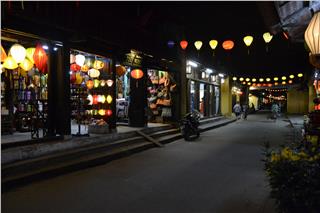
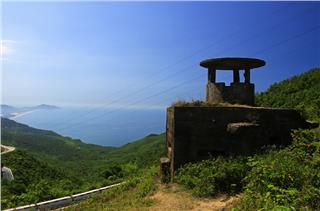
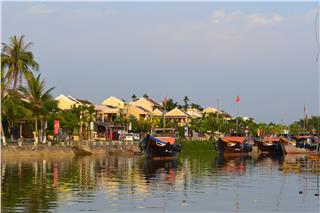
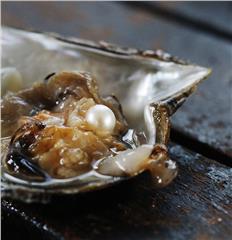
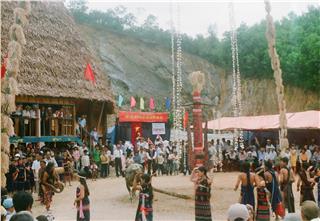
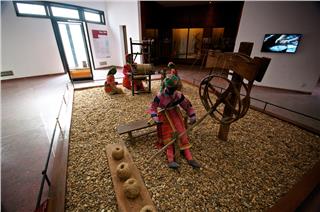
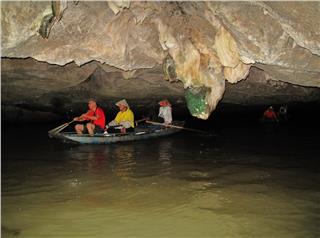
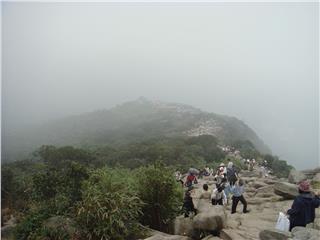
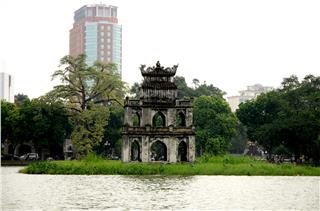
The Temple of Literature covers an area of 54,331 square meters. It consists of two main relics including Van Mieu (Temple of Literature) where Confucius, Confucians and Chu Van An, a teacher who was famous for his morals, are worshipped and Quoc Tu Giam (Imperial Academy) – Vietnam’s first national university. Quoc Tu Giam was open for more than 700 years (1076 - 1802) and trained thousands of talents for the country.
According to historical documents, the Temple was built in October 1070 in the reign of King Ly Thanh Tong. In 1076, King Ly Nhan Tong had Quoc Tu Giam built behind Van Mieu. At first, Quoc Tu Giam was where princes studied. Then good students in the country were also allowed to attend the Academy.
After the Nguyen Dynasty woodblocks, the collection of 82 stone stelae in the Temple of Literature is Vietnam’s second heritage which was named in the listed of UNESCO’s Memory of the World. This event was extremely meaningful to Hanoi capital on the occasion of the 1000th anniversary of Thang Long – Hanoi. 82 stone stelae honor the names of those who passed doctoral examinations of the Le and Mac dynasties. The stelae are inscribed with articles written in Chinese characters which depict doctoral examinations from 1442 to 1779.
Before each Tet holiday, the Temple of Literature is a popular destination for Hanoian in particular and visitors in general. They come to the Temple to visit Quoc Tu Giam, Vietnam’s first national university, and wish for happiness and good luck. The Temple of Literature is a historical relic site typical of development of Vietnamese culture and an evidence of Vietnam’s contribution to the development of Confucianism in the region and the world’s culture. And the Temple has become a popular destination for domestic and foreign visitors for a long time.
Van Mieu street is also known as Ong Do street. On lunar December 20 every year, calligraphers in traditional costumes gather in the street, which gives the street an air of ancientness. And we could not but visit the street when we came to the Temple of Literature. Walking on the street, we got different feelings. However, all of us wanted to ask for words from calligraphers.
Traditional customs of Vietnamese people are held in each Tet holiday. These traditional customs are still preserved well. And the custom of asking for words is not an exception. It still exists now. Hundreds of paintings with calligraphic words on them are hung on the two sides of Van Mieu street, which creates a distinct feature for Hanoi. And in Tet holiday, many people come to the street to admire paintings and listen to calligraphers talking about calligraphy. And we also got some paintings with meaningful calligraphic words for ourselves, hoping that we would enjoy a happy and lucky new year.
The Imperial Citadel of Thang Long is the cultural complex comprising the royal enclosure first built during the Ly Dynasty and subsequently expanded by the Tran, Le and finally the Nguyen Dynasty. The ruins roughly coincide with the Hanoi Citadel today. This is a huge architectural work which was built through many dynasties and has become the most important relic in the system of relics in Vietnam. On August 1, 2010, the UNESCO World Heritage Committee passed a resolution to recognize the Imperial Citadel of Thang Long as a world cultural heritage.
The Committee recognized the Imperial Citadel of Thang Long as a world cultural heritage based on criteria including its historical and cultural length, its continuousness as a power center and diversity of vestiges. Visiting the Imperial Citadel of Thang Long, visitors will definitely be impressed with the beauty of an architectural work which was built through many dynasties and the diversity of vestiges found here. Last December, scientists and archaeologists conducted an excavation inside the Imperial Citadel of Thang Long and found many vestiges of the Ly, Tran, Le and Nguyen dynasties. Especially, during the excavation, archaeologists also found a great waterway.
The excavation results announced by the Institute of Archaeology on the morning of December 26, show that vestiges found in the excavation of the Citadel are of many dynasties. And the waterway which was built of square bricks and stakes of wood runs from the East to the West and is 2 meters in width and 2 meters in height. The traces of the Tran dynasty are found on rectangular bricks and those of the Le dynasty are found on square and wooden-hammer bricks in the Western side of the excavated site. In addition, the imprints of the two dynasties are found on the foundation of the Kinh Thien place and the Doan Mon gate.
The traces of the Nguyen dynasty include water sewers which was built of green stones are grey wooden-hammer bricks. We were extremely impressed with the creativity of the ancient Vietnamese people when we visited the Citadel. There are many other interesting places in the Imperial Citadel of Thang Long. However, we cannot visit all of them. However, I do believe that you will get interesting experiences when you visit the Citadel.
After leaving the Imperial Citadel of Thang Long, we visited a famous pagoda which is located near West Lake. Located on an island in the Eastern side of West Lake, Tran Quoc pagoda has a history of 1500 years. The pagoda is considered the most long-standing pagoda in Hanoi. The pagoda is sacred and ancient in the immensity of the lake surrounding the island.
Tran Quoc pagoda was the religious center of Thang Long capital city in the Ly and Tran dynasties. The pagoda is a scared pagoda and many Buddhists and tourists visit the pagoda every year. The architecture of Tran Quoc pagoda is quite different from that of other pagodas. When we visit the pagoda, we cannot but visit a garden of towers in the pagoda. Ancient towers in the garden date back to the 18th century. We feel as if we are entering the world of Buddhism when we visit the pagoda.
On the ground of Tran Quoc pagoda is a bodhi tree taken as cutting the original tree in Bodh Gaya, India under which the Buddha sat and achieved enlightenment. The gift was made in 1959, marking the visit of the Indian president Rajendra Prasad. Like other pagodas in Vietnam, there are many statues in Tran Quoc pagoda. Especially, there is an extremely beautiful wooden statue of Gautama Buddha. In addition, the pagoda still stores many valuable objects like a collection of statues in the great hall. These statues were carefully carved.
Tran Quoc pagoda with its historical and architectural values is not only sacred place but also a popular destination for visitors. Tet is an occasion for people to meet one another and go out to enjoy themselves. However, people still do not forget to visit pagodas to wish for health, good luck and happiness. For this reason, going to pagodas in Tet has become a habit in the life of Vietnamese people.
There are many famous flower villages in Hanoi such as Ngoc Ha, Nghi Tam, Nhat Tan, Quang Ba and so on. Most of these villages are located near West Lake, a famous beauty spot in Hanoi. During Tet holiday, Hanoi’s streets are filled with the colors of flowers. There are large flower growing areas in Nhat Tan flower garden. And flower-beds with various colors become more beautiful in such nice weather. During Tet holiday, Nhat Tan flower garden is always an ideal destination for young people. Beautiful girls come here to take photos for themselves and couples come here to take their wedding photos, which makes the garden become animated.
When we came to Nhat Tan flower garden, we met not only young people and couples but also artists and elderly people. They came here to take beautiful photos for Tet. Smiles and voices of young people make the flower garden even more animated. Everyday, thousands of young people come to the garden to admire beautiful flowers and take photos. Nhat Tan flower garden becomes a popular destination for visitor during Tet holiday.
Source: VTC10 - NETVIET

 Đặt vé máy bay cho người Việt?
Bấm vào đây
Đặt vé máy bay cho người Việt?
Bấm vào đây
Our service uses cookies for technical, analytical and marketing purposes. See our Cookie và Privacy policies for more information. If you agree to this, just keep browsing.


